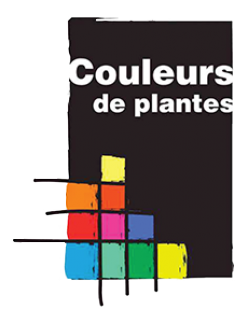Indicative colour
brown-beige
Product available in catalog


Plant extract (ref C14), Plant pigment (ref P08).
Scientific name: Schinopsis lorentzii Engl.
French name: Quebracho
English name: Quebracho
Botanical origin: South America
Crop production: Argentina
Part of plant used: wood
Nomenclature
N° CAS: [93348-53-9]
N° EINECS/ EC: 297-196-5
INCI name: Schinopsis quebracho-colorado wood extract
CI: 75620 Natural brown 1 (fisetin)
Documents available
- Analysis report
- Technical specifications
- Material Safety Data Sheet
- Raw material information data sheet
Historical importance
Quebracho is a slow-growing tree of the Anacardiaceae family whose name comes from the Spanish quiebra hacha (ax breaks) because of the high hardness of this wood.
This species is passed through the history and people since its use in dyeing and tanning did not begin until about 1870. Hardness wood Quebracho had perhaps preserved any type of exploitation. It quickly caught by its wealth and composition in tannins and dyestuffs. The first tests were so successful that it quickly replaced other plant tannins and was then subjected to intensive exploitation.
In the early 20th century, Quebracho was the most important source of tannins in the world. In the twenties, trade amounted to 190,000 tonnes per year. It is currently about 80 000 tonnes / year. Local companies apply principles of sustainable development: local production, use of extraction by-products as a source of energy, providing nursery production and replanting 500,000 trees/year. Quebracho tannins are used as an additive in oenology.
Phytochemistry
The brown colour of the extract of Quebracho is a mixture of hydrolysable tannins found mainly under glycosylated form and condensed tannins in the form of polymer (60-80%) and flavonoids.
Crop production – Manufacturing
The heartwood of quebracho is harvested after 40-50 years. We manufacture Quebracho pigment in France.

 Online shop
Online shop Private space
Private space Recherche
Recherche Request
Request